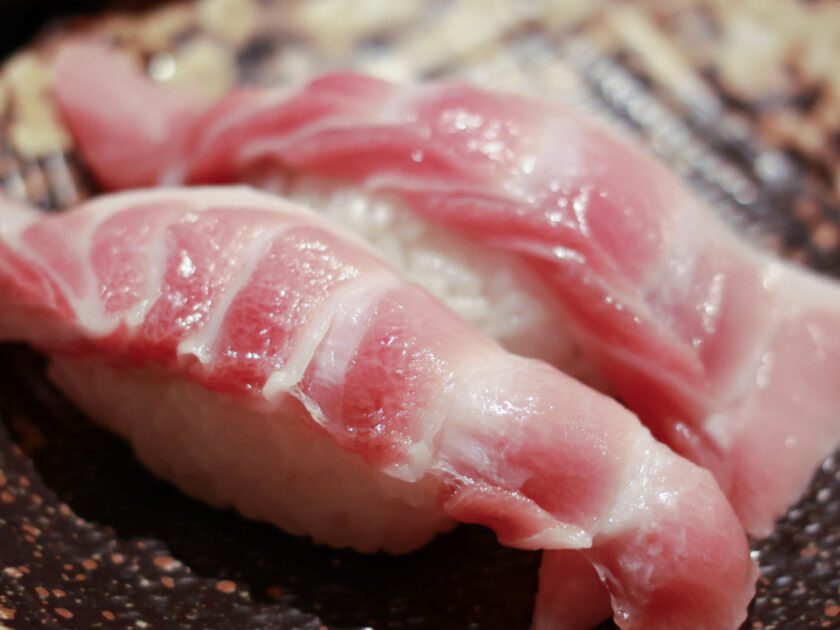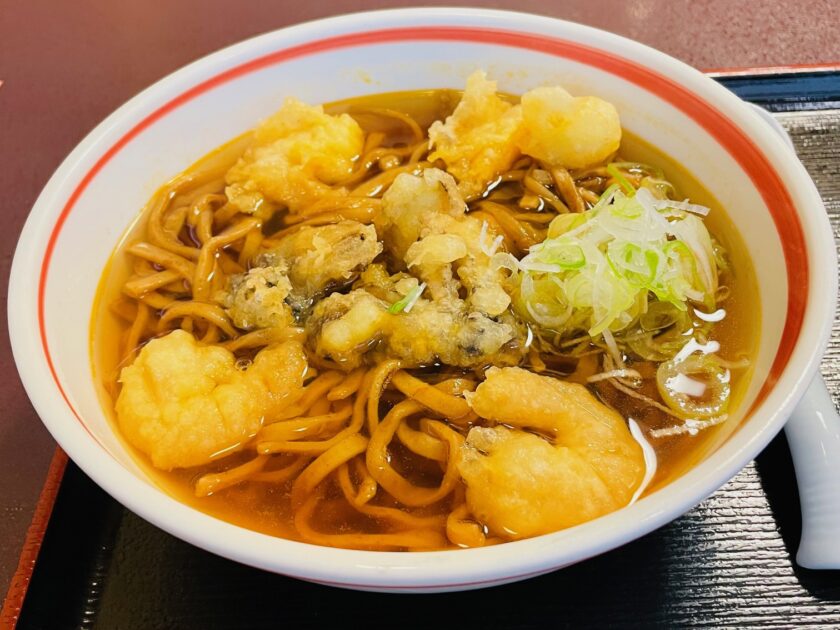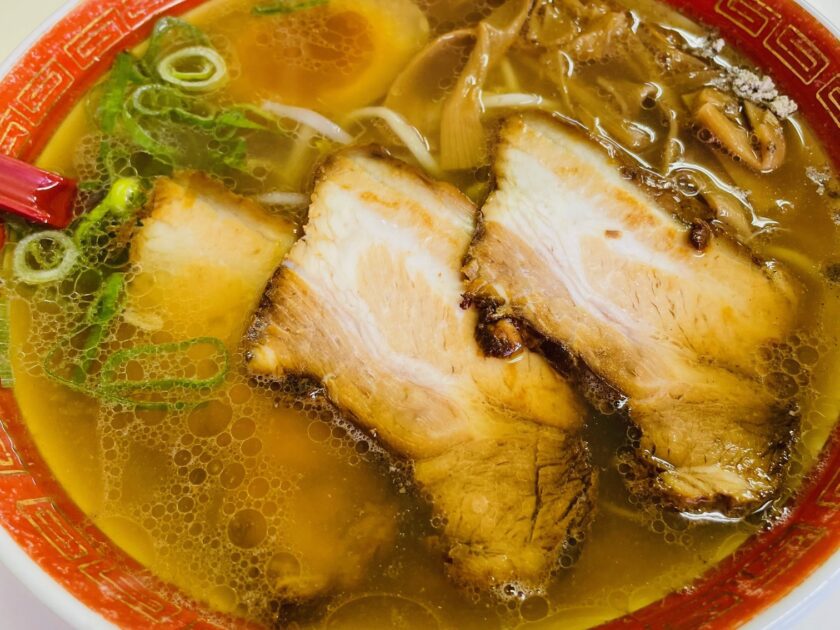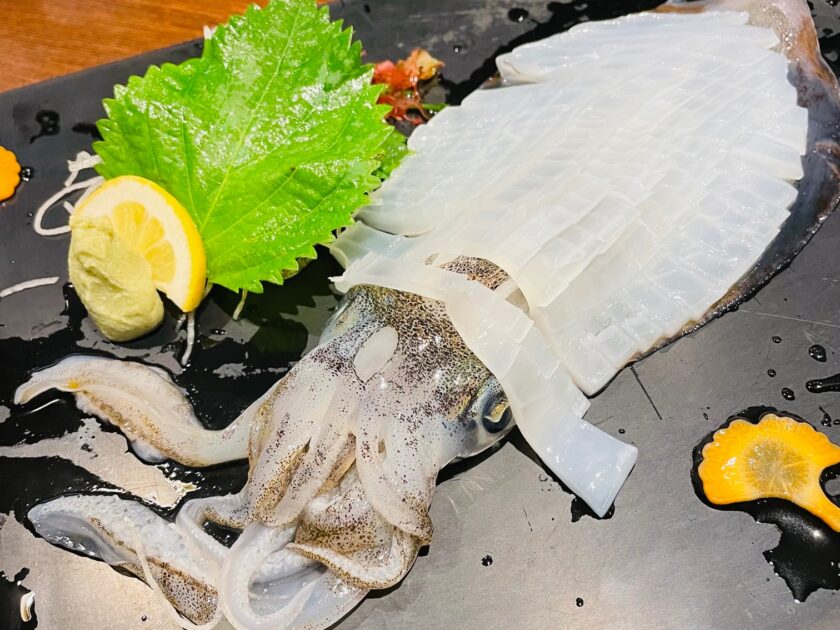Seafood list in English / Traditional Chinese with photos
Seafood list in English and Traditional Chinese with photos Translated the fish and shellfish that are often eaten in Japan into English and traditional Chinese. In this translation, we translated about 200 kinds of fish and shellfish. I also posted pictures of as many fish and shellfish as possible. We hope that this translation of fish and shellfish will allow foreigners who cannot read Japanese at all to order at sushi restaurants and izakaya that have only Japanese menus. I created it to assist in ordering at a restaurant that has only a Japanese menu, so I dared to put Japanese first in the language order. We would like to make the menu better, so we are looking forward to your advice. I look forward to working with you. ①、魚類、Fish、魚 ①-1、寿司ネタ、Sushi topping, Sushi material、壽司食材 ①-1-A、赤身魚 : AKAMI-ZAKANA、Red flesh fish、紅魚・赤身 ①-1-B、白身魚 : SHIROMI-ZAKANA、White fish、白魚・白身 ①-1-C、光り物 : HIKARIMONO、Silver-skinned fish、光物 ①-1-D、その他寿司ネタ、Other Sushi topping, Other Sushi material、其他壽司食材 ①-2、焼き料理、煮料理用魚、Fish used in grilled and boiled dishes、用於烤和煮菜餚的魚 ②、貝類、Shellfish、貝 ③、海老、Shrimp, Prawn、蝦・蝦子 ④、蟹、Crab、蟹・螃蟹 ⑤、烏賊・蛸、Squid / Octopus、魷魚・烏賊・章魚 ⑥、魚卵・海藻類他、Fish eggs / seaweed, etc.、魚卵・海藻等 ①、魚類、Fish、魚 ①-1、寿司ネタ、Sushi topping, Sushi material、壽司食材 ①-1-A、赤身魚 : AKAMI-ZAKANA、Red flesh fish、紅魚・赤身 Japanese : 鮪(まぐろ) Pronunciation : MAGURO English : Tuna 繁體中文 : 鮪魚、金槍魚、吞拿魚 Japanese : 黒鮪(くろまぐろ)、本鮪(ほんまぐろ) Pronunciation :





